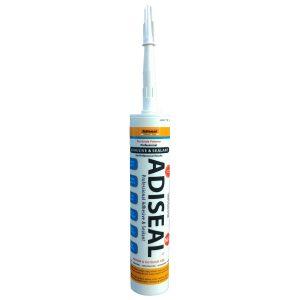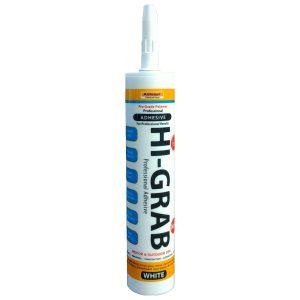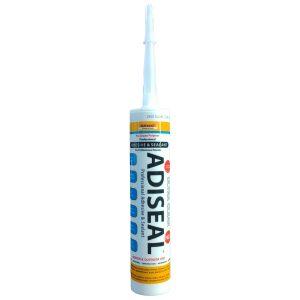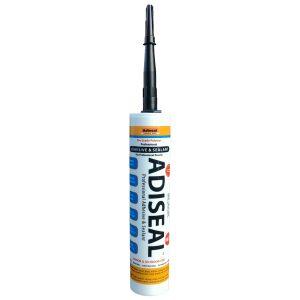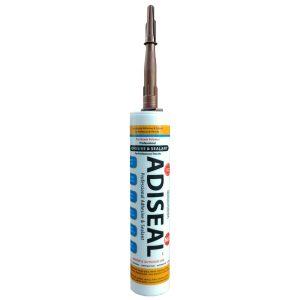Metal to Concrete Adhesive
Metal to Concrete Adhesive: Reliable Bonding Solution
Metal to concrete adhesive is a versatile and reliable bonding solution that enables the secure attachment of metal components to concrete surfaces. In this article, we will explore the features, applications, and benefits of metal to concrete adhesive. Whether you’re involved in construction, renovation, or DIY projects, understanding the key considerations and advantages of this adhesive will help you achieve strong and durable bonds.
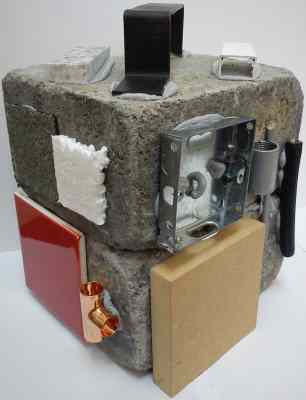
Benefits of Metal to Concrete Adhesive
Metal to concrete adhesive offers several advantages over traditional methods of attachment. Here are some key benefits:
1. Strong Bonding Strength:
– It creates a powerful bond that withstands heavy loads and vibrations.
– It provides excellent shear and tensile strength, ensuring a reliable connection between metal and concrete surfaces.
2. Versatility:
– This adhesive is suitable for various types of metal, including steel, aluminum, iron, and more.
– It can be used on different concrete surfaces such as floors, walls, pillars, and foundations.
3. Weather and Chemical Resistance:
– It is resistant to harsh weather conditions, including moisture, UV exposure, and temperature fluctuations.
– It also withstands chemical exposure, making it suitable for outdoor and industrial applications.
Applications of Metal to Concrete Adhesive
Metal to concrete adhesive finds extensive applications in construction and related projects, including:
1. Structural Connections:
– Attaching steel beams, brackets, and plates to concrete foundations or walls.
– Securing metal railing systems, staircases, and balconies to concrete surfaces.
2. Electrical and HVAC Installations:
– Mounting electrical conduits, junction boxes, and HVAC equipment onto concrete walls or ceilings.
– Fixing metal pipes, ducts, and cable trays to concrete structures.
3. Decorative Elements:
– Bonding metal sculptures, artwork, signage, or decorative features to concrete surfaces.
– Attaching metal accents, cladding, or panels to enhance architectural designs.
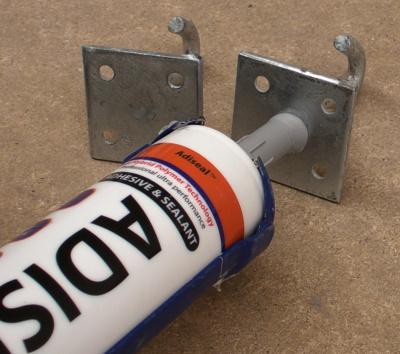
Tips for Using Metal to Concrete Adhesive
To ensure successful bonding, consider the following tips:
1. Surface Preparation:
– Thoroughly clean the metal and concrete surfaces, removing any dirt, dust, or debris.
– Roughen the surfaces using sandpaper or a wire brush to improve adhesion.
2. Proper Application:
– Follow the manufacturer’s instructions regarding the product application method (caulking gun, trowel, etc.) and coverage rate.
– Apply the product evenly on both the metal and concrete surfaces.
3. Curing Time:
– Allow sufficient curing time for the adhesive to develop maximum strength before subjecting it to stress or load.
– Follow the recommended curing conditions, such as temperature and humidity, for optimal bond formation.
Conclusion
Metal to concrete adhesive is a reliable and versatile solution for bonding metal components to concrete surfaces. With its strong bonding strength, versatility, and resistance to weather and chemicals, it plays a crucial role in various construction projects. By understanding the benefits and following proper application techniques, you can achieve durable and secure bonds between metal and concrete. Whether you’re involved in structural connections, electrical installations, or decorative enhancements, metal to concrete adhesive provides a dependable solution for your bonding needs.
Showing all 6 resultsSorted by popularity
